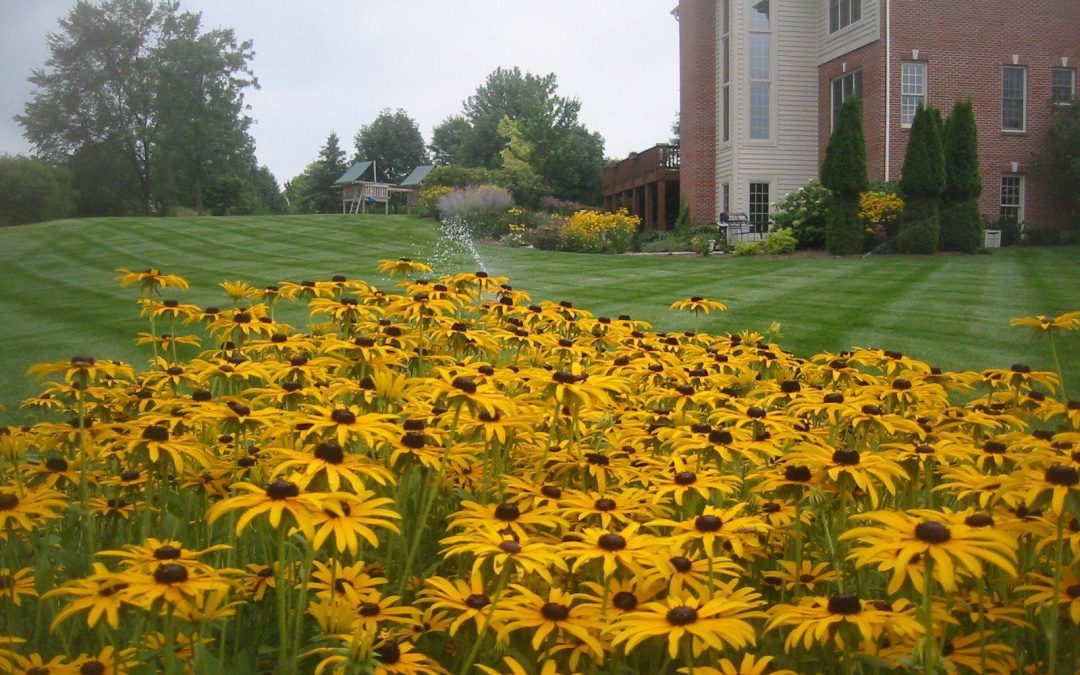Maintaining a vibrant garden comes with its challenges, and battling pests is at the top of the list for many homeowners. Whether you have a backyard garden or beautiful landscaping around your home, knowing how to identify and manage common pests is essential. Here’s a guide to help you protect your plants and keep your garden flourishing.
1. Aphids: The Tiny Sap-Suckers
- Appearance: Small, pear-shaped insects, often green but also found in black, white, or pink.
- Damage: Aphids feed on plant sap, weakening plants and leaving behind sticky honeydew, which can attract mold.
- Prevention and Control:
- Introduce beneficial insects like ladybugs, which feast on aphids.
- Spray leaves with a mixture of water and mild soap.
- Regularly inspect plants, especially during spring and summer, for early infestations.
2. Slugs and Snails: Nocturnal Plant Eaters
- Appearance: Slimy, soft-bodied creatures with or without a shell.
- Damage: These pests munch on leaves, especially tender seedlings, leaving behind ragged holes and slimy trails.
- Prevention and Control:
- Use barriers like crushed eggshells or diatomaceous earth around plants to deter them.
- Water your garden early in the day to reduce the moist conditions slugs prefer at night.
- Place beer traps around the garden to lure and capture them.
3. Japanese Beetles: Voracious Leaf Feeders
- Appearance: Metallic green with bronze wings, usually seen in clusters.
- Damage: They skeletonize leaves, leaving only the veins behind, and can cause significant damage to flowering plants and shrubs.
- Prevention and Control:
- Handpick beetles early in the morning when they’re less active.
- Apply neem oil, which acts as a deterrent and disrupts their life cycle.
- Use Japanese beetle traps placed away from your garden to draw them out.
4. Whiteflies: Hidden on the Underside of Leaves
- Appearance: Tiny white insects that fly away when disturbed.
- Damage: Like aphids, whiteflies suck plant sap and leave behind honeydew, attracting mold.
- Prevention and Control:
- Introduce beneficial insects like lacewings and parasitic wasps.
- Use yellow sticky traps to catch adult whiteflies.
- Spray plants with insecticidal soap to target immature whiteflies and eggs.
5. Caterpillars: Future Butterflies but Present Pests
- Appearance: The larval stage of moths and butterflies, often camouflaged to match their environment.
- Damage: Caterpillars chew holes in leaves, flowers, and fruit, and some can defoliate entire plants.
- Prevention and Control:
- Inspect plants for eggs and caterpillars regularly, and handpick them.
- Use Bacillus thuringiensis (Bt), a natural bacteria that targets caterpillars without harming other beneficial insects.
- Encourage birds in your garden, as they are natural predators of caterpillars.
Garden pests may be small, but their impact can be significant if left unchecked. Preventative measures, such as encouraging beneficial insects and maintaining proper plant care, can go a long way in reducing pest problems. When infestations occur, early detection and targeted solutions ensure your plants stay healthy and your garden remains beautiful.
Call Groves Property Services for Expert Plant Health Care
Need help managing plant health beyond pest control? Groves Property Services offers expert plant care solutions to keep your landscape thriving year-round. Call 301-992-2293 or visit Groves Property Services for a consultation. Keep your garden pest-free and vibrant with professional care! You can also check out our Google Maps listing for reviews and directions. Let us bring your landscape back to life!

